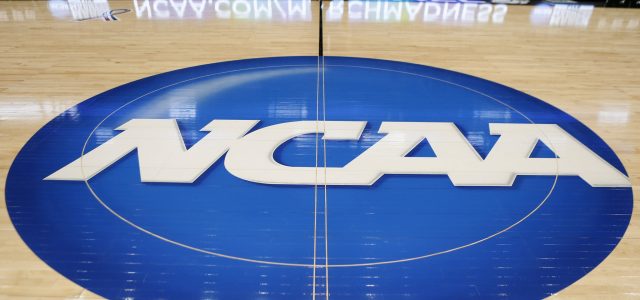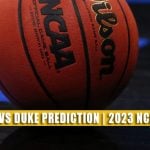Selection Sunday for the 2017 NCAA Tournament is almost here. The 68 lucky teams who will get into the tourney will soon know where they fall in the bracket and what their road must be to take home the national championship. But how is the tournament bracket filled up and by whom? Read on below and get answers to the most pertinent questions you may have regarding the entire Selection Sunday process.
College Basketball News and Previews
- 2017 NCAA March Madness Final Four Preview
- Gonzaga Bulldogs vs. South Carolina Gamecocks Preview
- North Carolina Tar Heels vs. Oregon Ducks Preview
How Selection Sunday Works
Who are included in the field?
Of the 351 NCAA Division I schools, there are only 68 teams which can participate in the NCAA Tournament. Of those 68 teams, 32 automatic slots are reserved for the tournament champions from the 32 Division I conferences. That leaves 36 “at-large bids” that will be up for grabs among the most deserving non-tournament champions.
Who selects those at-large bids?
That will be the job of the selection committee. This is a committee made up of 10 athletic directors and conference commissioners throughout Division I men’s basketball. Each committee member serves five-year terms. They generally come from various conferences to make sure as many conferences are represented.
And in case you’re wondering whether there is a possible conflict of interest, committee members will excuse themselves whenever his/her school is being discussed.
When the conference tournaments are all done and dusted on Sunday, it’s the committee’s job to deliberate which of the hundreds of non-tournament champions are the most deserving of those 36 coveted at-large bids.
How does the committee select at-large bids?
There is no definitive set of criteria the committee has to abide by in choosing the at-large bids. Each committee may have different factors it values more in making its decisions. Some of these factors are rating systems such as RPI, ESPN’s BPI, Sagarin, and Ken Pomeroy’s ratings, which aim to determine the strength of teams objectively through the use of analytics. Other factors also come into play, such as a team’s strength of schedule (especially the non-conference part), signature wins against other top teams, etc.
Which conferences do these at-large bids come from?
In general, most of the at-large bids come from the top conference such as the ACC, SEC, Big 12, Big Ten, Big East, AAC, Atlantic-10, and Mountain West. It’s certainly still possible for teams from lower conferences to snag an at-large bid, but the general strength of a conference and a team’s strength of schedule – aforementioned factors the committee looks at – will often skew the committee’s preference toward the bigger conferences.
What happens when the field of 68 is completed?
The 68 teams in the field must now be seeded for the four “regions” or sides of the bracket in the tournament, which is also the selection committee’s job.
How do they assign the seedings?
Much like in the selection process, the committee will use their different criteria to determine which among the teams deserves a higher or lower seeding.
Seedings on one side of the bracket will go from 1-16 – No. 1 will face No. 16, No. 2 will face No. 15, and so on – but the committee will also have a complete list of seedings for 1-68, which ideally should move on an S-curve. That means the No. 1 overall seed would ideally be placed in the same bracket as the weakest No. 2 seed (and No. 8 overall seed), the strongest No. 3 seed (and No. 9 overall seed) and so on. However, this isn’t always the case due to bracketing rules. The committee nonetheless tries to make the brackets as evenly-balanced as possible.
After the seedings have been more or less sorted out, it’s time to put the teams into their respective regions.
How are the teams placed in their respective regions?
Any team can be placed in any region – the East, West, Midwest, and Southeast – although the committee will try to place teams in the region closest to their campus in order to reduce travel. It will obviously be tough to accommodate all teams, so the top-seeded teams often get priority. However, teams are not allowed to play on their home court in the event that their court will host a tournament game.
When will this all be announced?
In case the name didn’t completely give it away, “Selection Sunday” will all go down on Sunday, March 12, 2017, and you can watch wall-to-wall live coverage of the bracket announcement and breakdown over on both ESPN and CBS.
And once Selection Sunday reveals all the first-round matchups, create a betting account so you can take part in all the outstanding action only March Madness can provide.
2,019 total views, 1 views today









